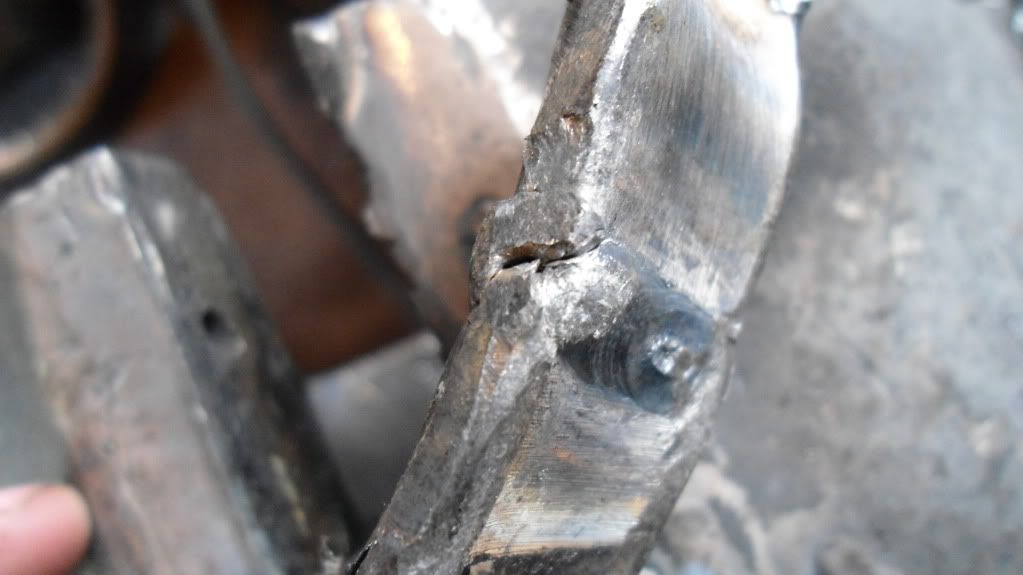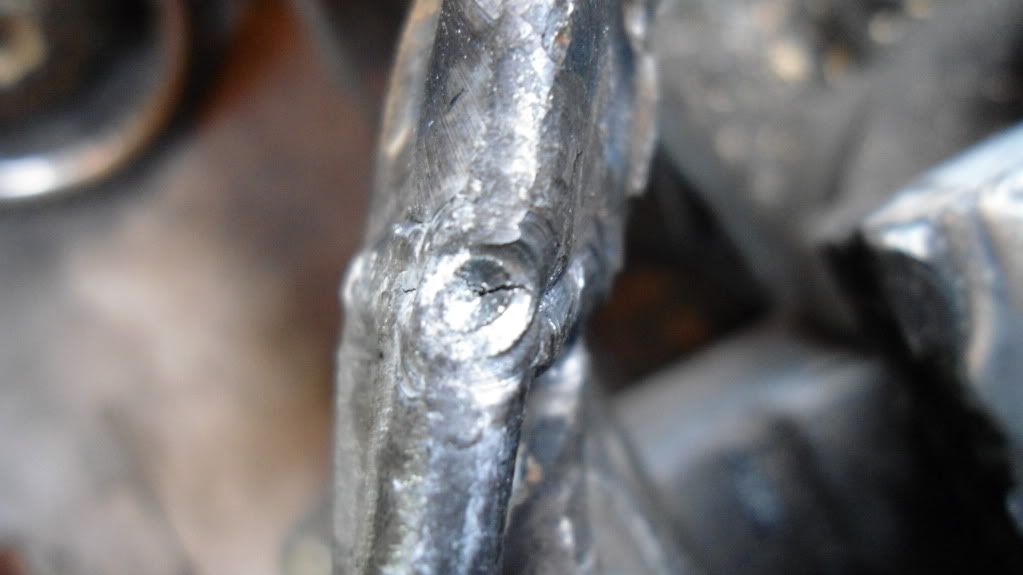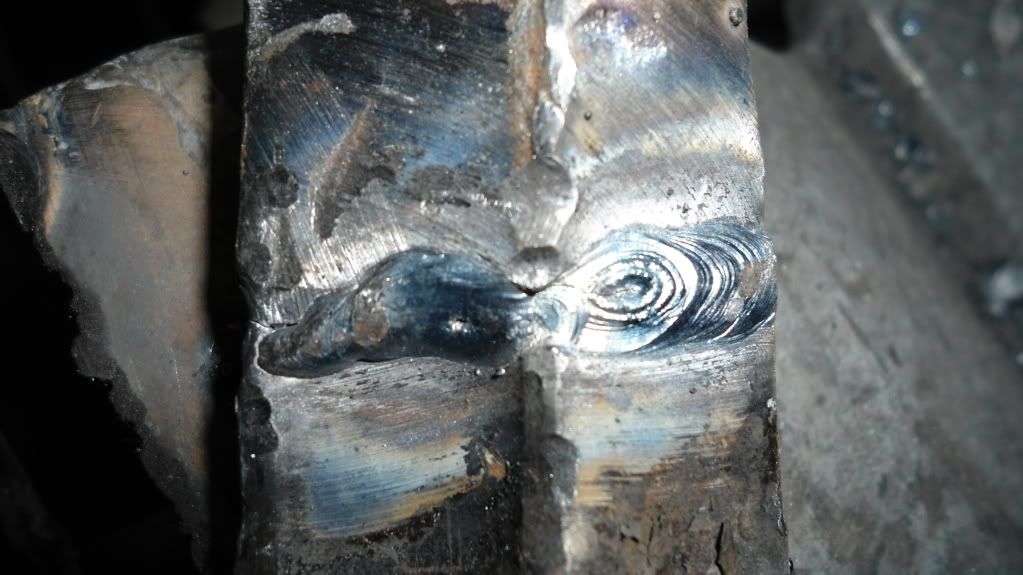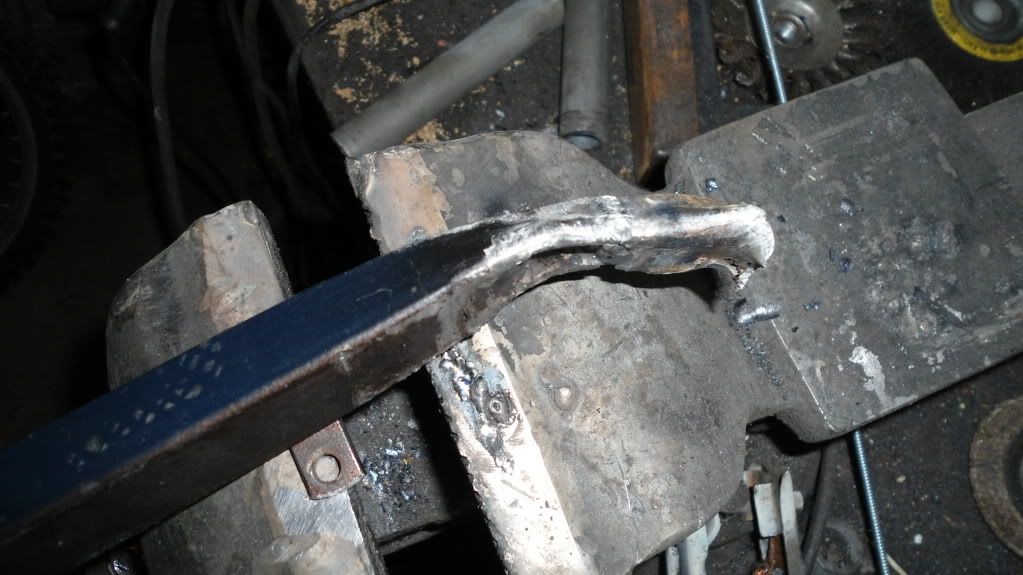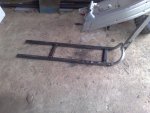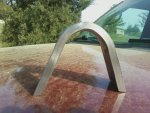I am a few days late on this, but for those of you who can't trust your butt welds, do you trust your welds that are welded to the side of another tube?
i am in the middle, aesthetically, sleeving/slugging is good it makes the joint better lined up, if your welds are so so it does give you more welding surface, which would in the end be stronger usually.
that said, you need to look at the part, where it is, and what its load forces are to know if it makes a difference. in general its easier to sleeve or slug it than worry about it.
I would pose the statement like this. if you dont know enough about metal working, chassis design, and load dynamics to not know the answer for each joint that your welding, then sleeve it to save you the hassle of being wrong. if you are lengthening or widening a frame, those joints should be slugged/sleeved if for no other reason that to keep it as straight as possible and prevent heat warp. one thing that hasn't been mentioned, is that a fair amounth of strength in a weld comes from the mound of added metal above and around the joint, it acts as a basic gusset, and is WHY people say the weld is stronger than the base metal, since its usually thicker at the joint, so IF YOU ARE GOING TO GRIND A WELD SMOOTH YOU SHOULD SLUG IT.
slugging is generally putting a rod or tube inside the project tube, looks better generally and harder to find once ground.

